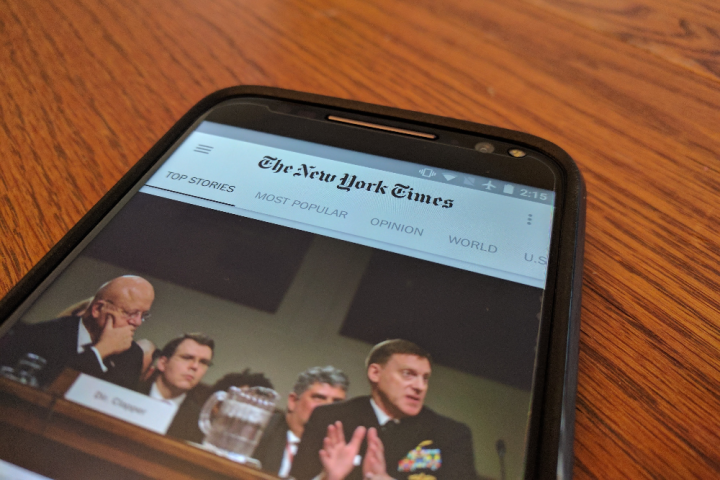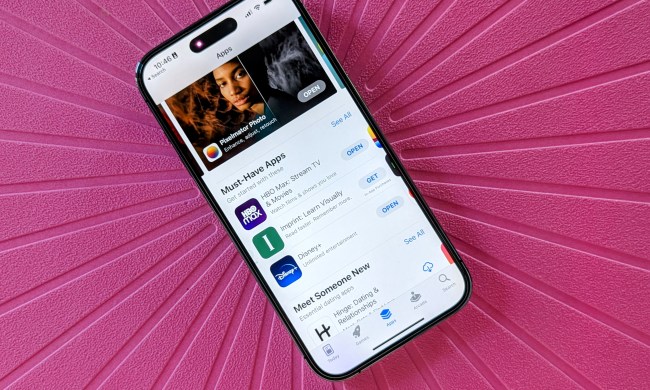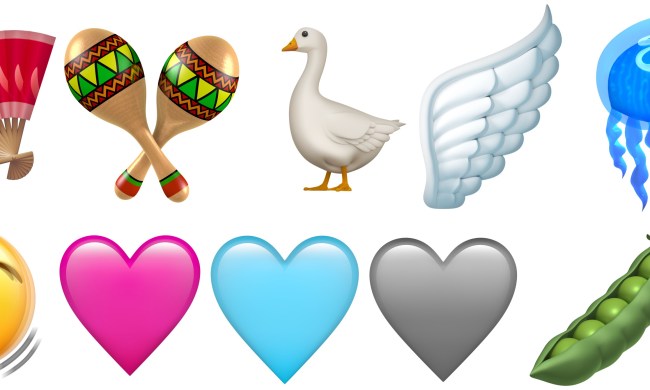
According to Apple, the authorities’ request was more of a formality, since The New York Times app was already barred from showing content to most Chinese folks. The move takes down the newspaper’s English- and Chinese-language apps in China, though apps from The Financial Times, The Wall Street Journal, and other international publications are still available.
“For some time now the New York Times app has not been permitted to display content to most users in China and we have been informed that the app is in violation of local regulations,” Apple spokesperson Fred Sainz said. “As a result, the app must be taken down off the China App Store. When this situation changes, the App Store will once again offer the New York Times app for download in China.”
As a response, The New York Times spokesperson Eileen Murphy asked Apple to reconsider the action.
“The request by the Chinese authorities to remove our apps is part of their wider attempt to prevent readers in China from accessing independent news coverage by The New York Times of that country, coverage which is no different from the journalism we do about every other country in the world.”
According to the newspaper, the apps were removed on December 23, with the authorities’ request made under the ruling Communist Party’s Provisions on the Administration of Mobile Internet Application Information Services. Under the set of regulations, apps cannot publish “prohibited” information.
There are plenty of unknowns, such as what regulations the apps violated, how the apps violated those regulations, and whether Apple was presented with a court order. Even so, The New York Times is not alone in its situation, since China has clamped down on other forms of media.


